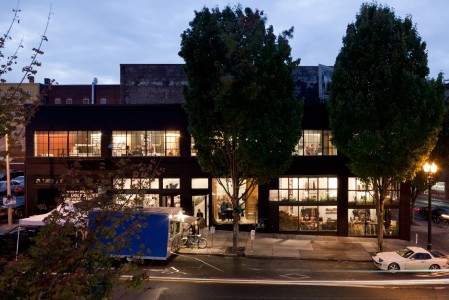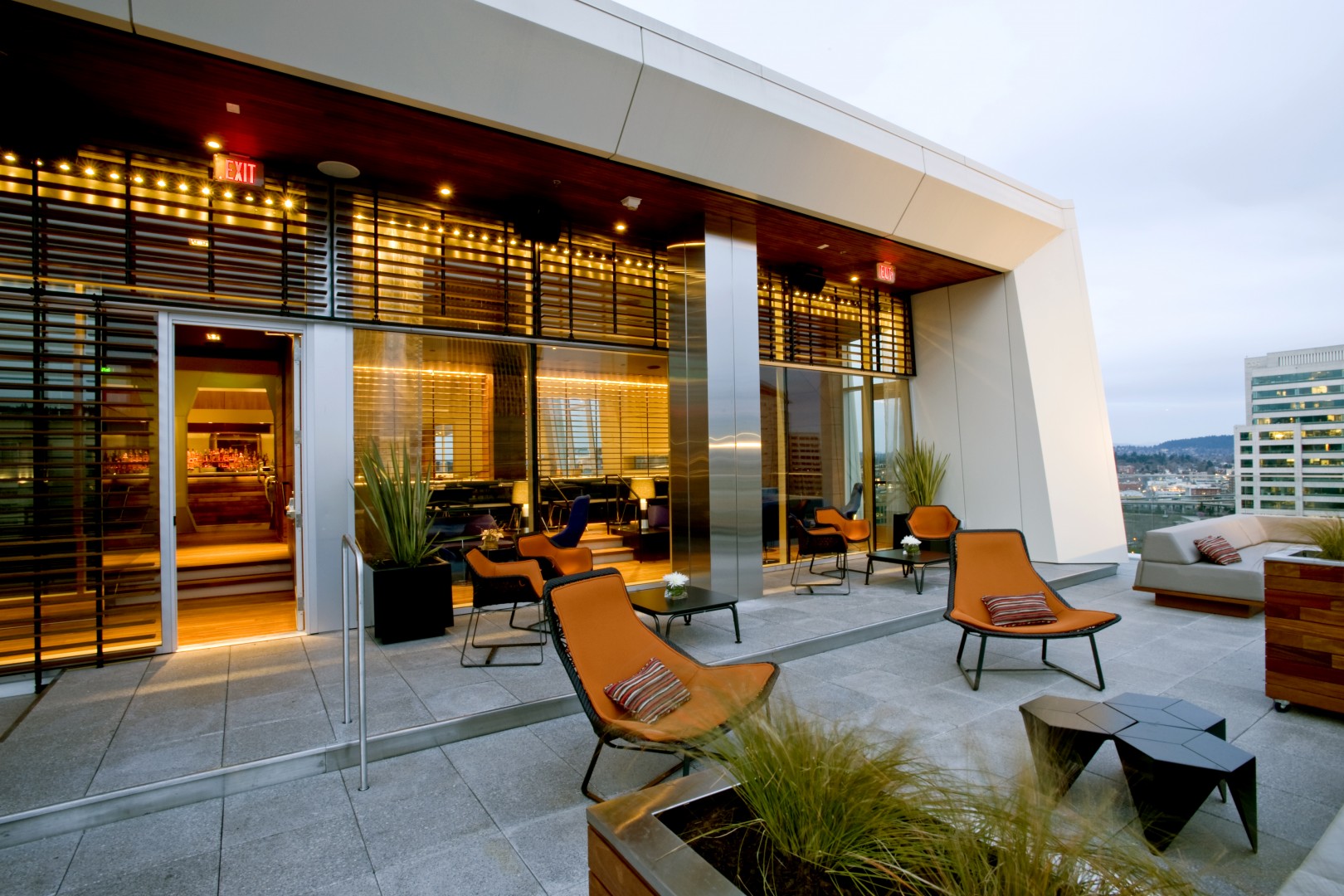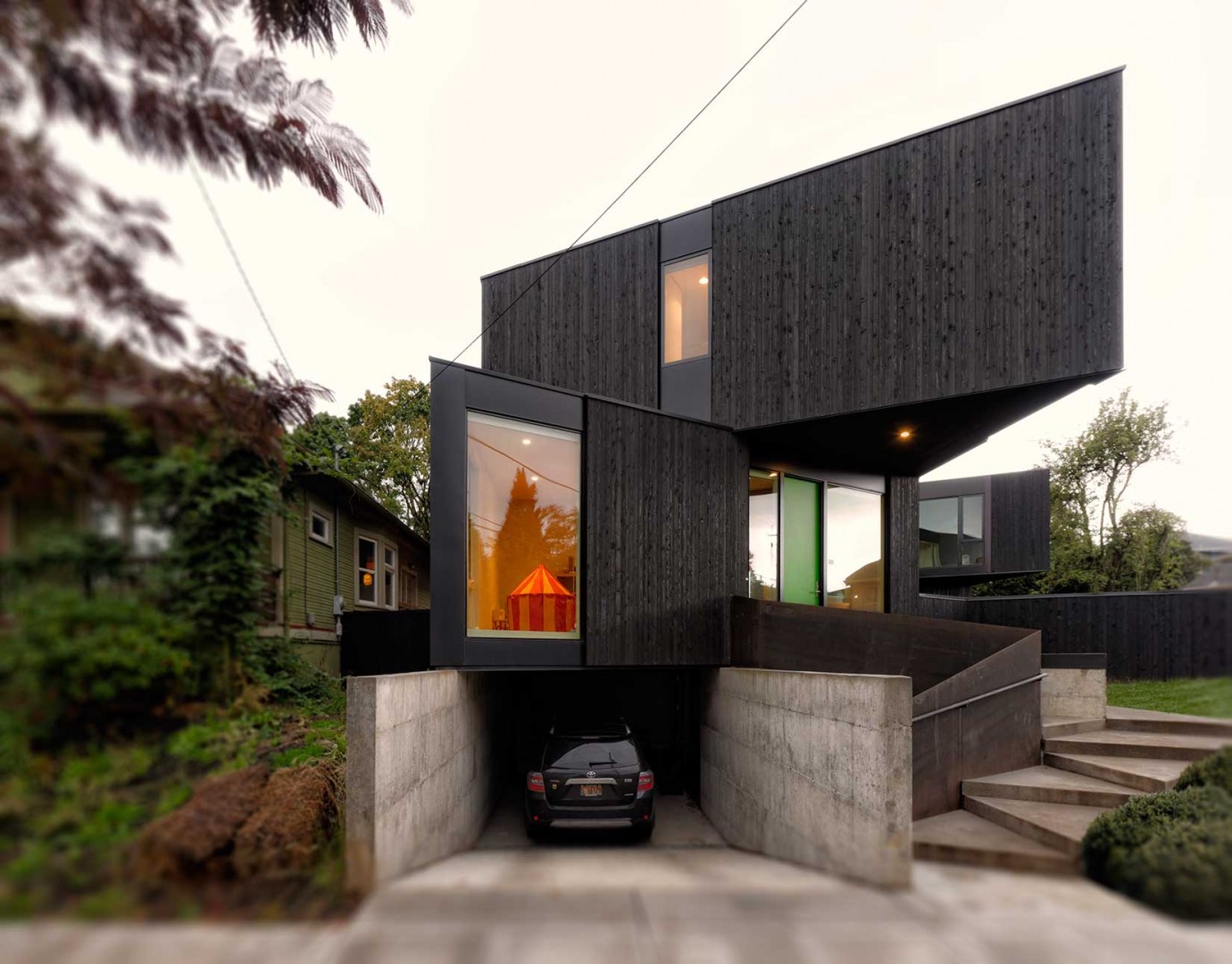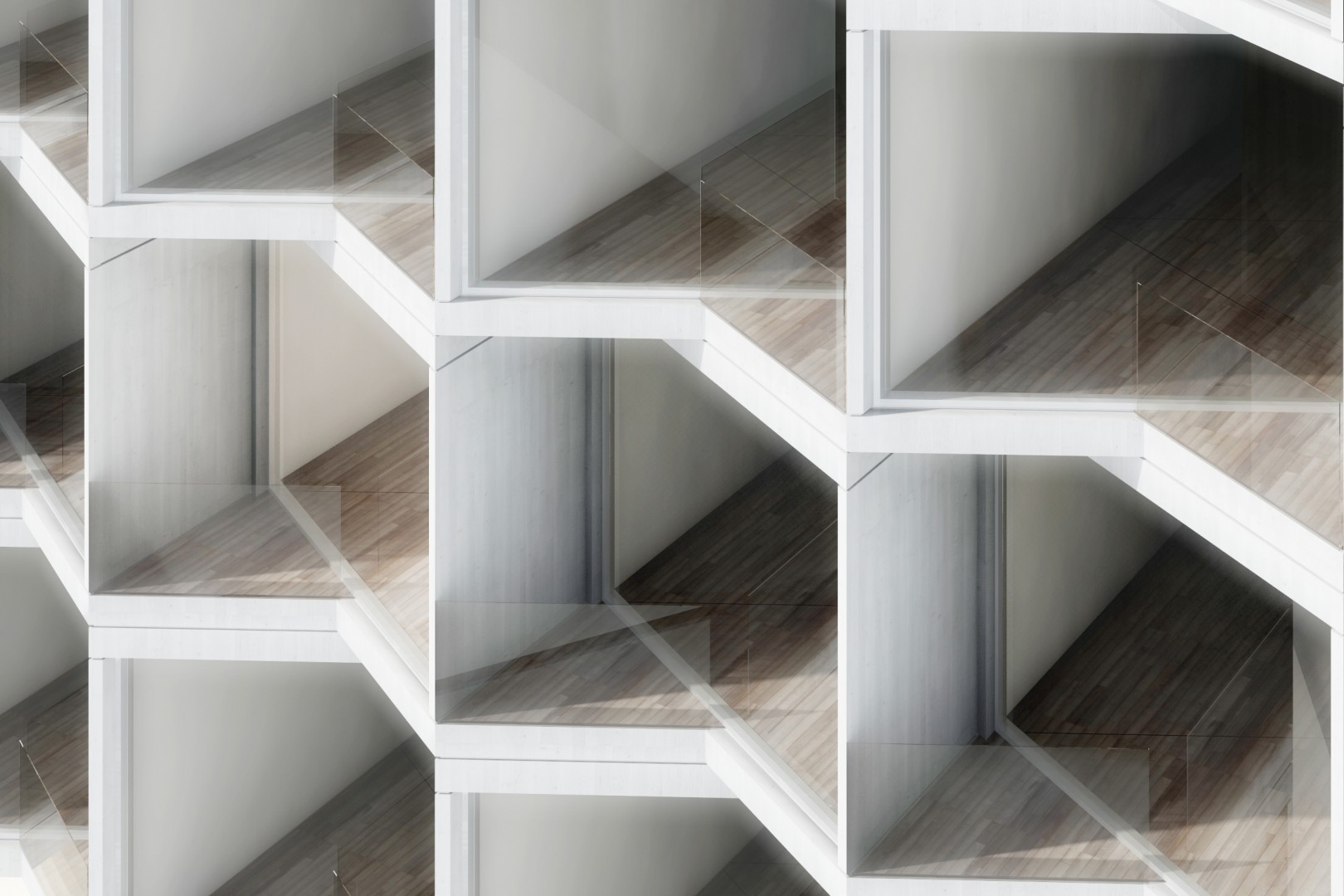We are thrilled to announce the 70 finalists selected by the Jury to be exhibited at The Artisans Cup. Receiving over 300 submissions, competition was fierce, and we are humbled by the artistry displayed in our field of finalists. We couldn’t be more excited to see what happens this September when the real competition begins!
THE EXHIBITORS
Mike Andrews, Pinus flexilis (Lebanon, PA)
Marc Arpag, Sasanqua camelia (Rochester, NY)
Marc Arpag, Mixed Shohin Composition (Rochester, NY)
Amy Blanton, Juniperus scopulorum (Murfreesboro, TN)
Bonsai Garden At Lake Merritt, Juniperus californica (Oakland, CA)
Linda Breeden & Doug Bradley, Tsuga mertensiana (Seattle, WA)
Linda Breeden & Doug Bradley, Pinus parviflora (Seattle, WA)
Greg Brenden, Pinus strobiformis (Milwaukie, OR)
Loren Buxton, Carpinus turczaninowii (Lincoln, NE)
Troy Cardoza, Punica granatum (Portland, OR)
Lee Cheatle, Pinus ponderosa (Tigard, OR)
David Crust, Larix (Brainerd, MN)
Jonas Dupuich, Carpinus turczaninowii (Alameda, CA)
Jason Eider, Juniperus communis (Seattle, WA)
Scott Elser, Fagus sylvatica (Portland, OR)
Scott Elser, Pinus ponderosa (Portland, OR)
Anthony Fajarillo, Tsuga mertensiana (Maple Valley, WA)
Michael Feduccia,Conocarpus erectus (Plant City, FL)
Melvyn Goldstein, Ulmus parvifolia (Euclid, OH)
Melvyn Goldstein, Shohin Composition (Euclid, OH)
Howard Greisler, Juniperus scopulorum (Portland, OR)
Jim Gremel, Juniperus chinensis ‘Kishu’ (Occidental, CA)
Gary Grunow, Pinus densiflora (Dodgeville, WI)
Huntington Library Bonsai Collection, Olea europaea (San Marino, CA)
Konnor Jenson, Punica granatum (Salt Lake City, UT)
Konnor Jenson, Pinus parviflora (Salt Lake City, UT)
Peter Keane, Pinus parviflora (Salem, MA)
Bob King, Tsuga mertensiana (Port Moody, British Columbia, Canada)
John Kirby, Juniperus californica (Colchester, CT)
Randy Knight, Sequoia sempervirens (St. Helens, OR)
Randy Knight, Juniperus scopulorum (St. Helens, OR)
Mike Lebanik, Jaboticaba myrciaria cauliflora (Davenport, FL)
Louise Leister, Pinus thunbergii (Palm Coast, FL)
Michael Levin, Juniperus horizontalis (Littleton, MA)
Stephen Liesen, Pinus parviflora (Quincy, IL)
Ram Lukas, Picea abies ‘Nidiformis’ (Roseville, CA)
Ram Lukas, Acer palmatum ‘Kashima’ (Rosevilla, CA)
Scott Lee Luke, Juniperus chinensis ‘Kishu’ (Lincoln, NE)
Ned Lycett, Juniperus occidentalis (Forestville, CA)
Ted Matson, Juniperus chinensis ‘Foemina’ (Pasadena, CA)
Greg McDonald, Quercus chrysolepis (Diamond Springs, CA)
Pacific Bonsai Museum, Pinus thunbergii (Federal Way, WA)
Pacific Bonsai Museum, Fagus crenata ‘Fuji’ (Federal Way, WA)
Pacific Bonsai Museum, Taxus cuspidata (Federal Way, WA)
Pacific Bonsai Museum, Hydrangea petiolaris (Federal Way, WA)
Pacific Bonsai Museum, Cedrus atlantica ‘Glauca’ (Federal Way, WA)
Doug Paul, Pseudotsuga menziesii (Kennett Square, PA)
Paul Pikel, Conocarpus erectus (Orlando, FL)
Mike Pollock, Pinus sylvestris ‘Beuvronensis’ (Pound Ridge, NY)
Mike Pollock, Chamaecyparis obtusa (Pound Ridge, NY)
Tim Priest, Juniperus occidentalis (Grand Rapids, MI)
Michael Roberts, Quercus suber (City of Industry, CA)
Dan Robinson, Tsuga mertensiana (Bremerton, WA)
Dan Robinson, Tsuga mertensiana (Bremerton, WA)
Eric Schikowski, Tsuga mertensiana (Solon, OH)
Todd Schlafer, Picea pungens (Denver, CO)
Eric Schrader, Juniperus californica (grafted with Juniperus chinensis) (San Francisco, CA)
Seiji Shiba, Juniperus californica (Monte Sereno, CA)
Seiji Shiba, Juniperus californica (Monte Sereno, CA)
Bob Shimon, Sequoia sempervirens (Point Arena, CA)
Roger Snipes, Carpinus tschonoskii (Spokane, WA)
Cheryl Sykora, Pinus ponderosa (Hudson, WI)
John Thompson, Juniperus californica (grafted with Juniperus chinensis) (San Jose, CA)
William Valavanis, Acer palmatum ‘Shishigashira’ (West Henrietta, NY)
William Valavanis, Acer palmatum ‘Koto Hime’ (West Henrietta, NY)
Dennis Vojtilla, Betula pendula (Newburg, OR)
Dennis Vojtilla, Acer palmatum (Newburg, OR)
John Wall, Taxodium distichum (Charlotte, TN)
Robert Wofford, Ulmus (Cork Bark Elm) (Keizer, OR)
Carl Wooldridge, Taxus cuspidata (Indianapolis, IN)
ALTERNATES
Linda Breeden & Doug Bradley, Acer palmatum (Seattle, WA)
Eileen Knox, Pinus sylvestris (Portland, OR)
Paul Krasner, Rhododendron ‘Kinsai’ (Portland, OR)
Dan Robinson, Callitropsis nootkatensis (Bremerton, WA)
Roger Snipes, Pinus ponderosa (Spokane, WA)
